💰 Shopify's $6B Growth Strategy
It’s now easier than it has even been to become a millionaire before the age of 20.
All because of one platform - Shopify.
In 2004, Shopify started out as an online snowboarding shop named Snow Devil.
Today, Shopify is one the largest e-commerce platforms with over $6B in annual revenue.
Let’s talk about Shopify’s business model and the strategy it used to grow to $6B in annual rev with a market cap of $66.93B.
Here’s what we got for ya:
🛒 Amazon vs Shopify
📈 The Problem With Shopify
💥 The Explosion of 2009

🛒 Amazon vs Shopify
First, let’s break one common myth…
Shopify is NOT in the same arena as Amazon.
Yes, they’re both in the category of e-commerce, but Shopify is playing a completely different ball game.
Let me explain.
In 2006, Shopify knew they couldn’t compete with Amazon. That year Amazon already had a market cap of $16B.
So Shopify needed to take a different approach.
Instead of hosting a bunch of online products from different sellers like Amazon…
Shopify made its mark by giving sellers everything they needed to build their own online store.
This is the difference between an e-commerce marketplace and an e-commerce platform.

Given this, Shopify had a completely different growth plan than most companies.

📈 The Problem With Shopify
When I need a new pair of socks, I immediately open my Amazon app and order a pair.
This is true for most people.
But with Shopify, over 649 million people bought from a Shopify store last year and still don’t know the company exists.
Naturally, platforms have a harder time growing than marketplaces because they don’t have a consumer-facing brand.
Now imagine trying to grow in 2006 as a platform.
In 2006, Shopify had no name, no brand authority, and no clients.
Yet one year later, Shopify’s making an average of 8K a month.
Here’s how:
#1 - Developing Communities
The founder of Shopify, Tobias Lütke, originally built Shopify using the Ruby on Rails platform. Once he built Shopify, he went to developing communities and shared his project.
This not only gave him his first few clients but also gave Shopify an audience of e-commerce gurus interested in seeing what happened.
#2 - Affiliates
With a few paying clients under their belt, Shopify was in a good spot.
But they didn’t stop there.
Shopify realized they needed a faster way to bring in clients.
So, they sought out developers who build websites for online sellers. Then they offered them a deal…
For every customer the developer transitioned to Shopify, they would get 20% of the sales made by the seller…. forever.
As you can imagine, that worked quite well.
#3 - The Build A Business Challenge
In 2010, Shopify launched a competition between sellers.
The challenge?
100,000K to the Shopify seller with the biggest business within 6 months.
Unsurprisingly, it was a massive hit.
The Build A Business Challenge brought them 1,000 NEW paying customers and a whole ‘lotta attention.
AKA the 2 ingredients every new business needs.

💥 The Explosion of 2009
Now this is where the real magic happened.
In 2009, Shopify launched a program that 4x their revenue in a single year.
At this point, Shopify only offered base tools like store templates and order tracking. Nothing compared to what it is today.
Then in 2009, Shopify launched Shopify Apps.

Now Shopify was officially the one-stop shop for sellers.
The app store allows third-party businesses (apps) to help sellers customize their stores to increase sales. Now there are apps for things like:
Popup email forms
Tools to analyze growth
Ebooks and courses teaching how to sell online
In other words, Shopify increased its value 10-fold with no upfront costs to sellers.
Here’s how this 4x their revenue:
The sellers make more money. The more money sellers make, the more Shopify makes.
It’s easier than ever to be a millionaire. To start making money, all sellers need to do is sign up and follow step-by-step instructions. This brings in a ton of new sellers who would not have tried e-commerce without the support.
More value, same amount of work. By outsourcing with apps and incentivizing third-party businesses, the sellers get more value while Shopify itself has no extra work.
At this point, Shopify became a no-brainer. This is how they grew from 0 users in 2006, to over 4.5 million sites built with their platform.
Hope you learned a lot from this!
The Profit Snack Team

